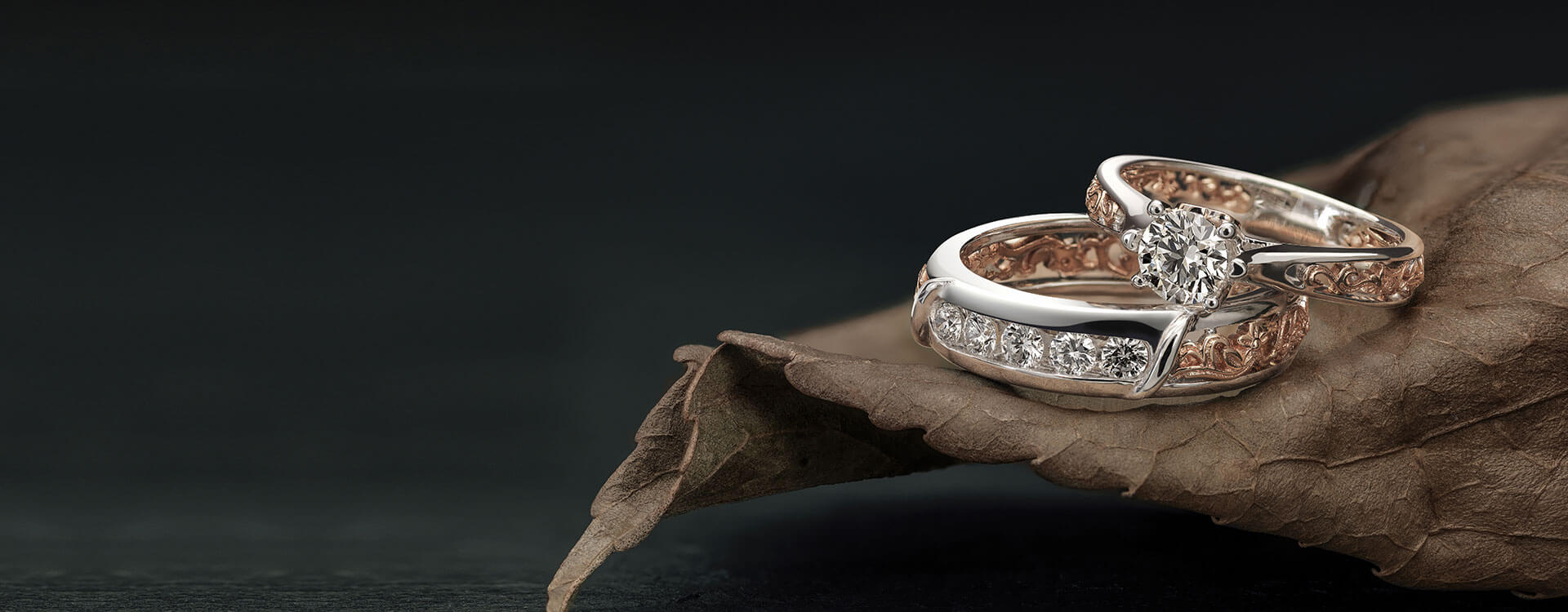
Brief History of Jewellery Trends
Jewellry is an art, a form of expression, the kind of Jewellery one wears can say a lot about one's personality. People have been wearing jewellery throughout history irrespective of race, region or culture. The form, style and purpose of Jewellery has changed, but it still is a very important part of one's personality.
Jewellery has been made with materials ranging from bones, seashells, feathers, wood, stones and metals. It's significance is culture specific and has been an interesting read for gemologists or for that matter anyone interested in Jewellery. The art of Jewellery making was always inline with all other artistic movements of the times. It mirrored the society and trends of a given time. The aspirations, desires and dreams of a generation were very well reflected in the art of Jewellery making of those times.
Jewellery can be versatile and worn differently for different occasions and purposes. In present times Jewellery is about feeling good and feeling important. It is like sending a message to oneself. Women wear jewellery to feel beautiful. It brings a feminine energy to their whole self. Men too indulge in jewellry to feel confident and important. Modern Jewellery is all about glamour and fashion.
The history of Jewellery can be traced back to times when people used it as a tool to protect themselves from wild animals and wore it all the time. They also wore it as a part of superstition, to ward of any evil. It served many more practical purposes in ancient times.
As time advanced it became more sophisticated and was used to show one's status symbol and was collected as a form of wealth. The use of different metals for Jewellery was purely hierarchical. Different ages in history represent different stages of Jewellery making and its significance.
During the Renaissance period, which was the rediscovery of the classical world, the practice of depicting mythological scenes became a part of Jewellery designs.There was a lot of color shine and flamboyance. This period was all about magnificence. It was very much evident in the vibrant and colourful jewellery of those times.
Later in the 17th century it moved to more ornamental styles that used gold and also diamonds. The shift in the 18th century was completely on showcasing diamonds and keeping the design and metal hidden. People started looking forward to new trends.
Later in the 19th century the focus shifted from wealth to art. Jewellry was available for the middle class as well. The Industrial revolution played a big role in making it reach the masses. Imitation Jewellery became popular. The entire focus was on execution of beautiful designs and stones were used because they were beautiful and not for their monetary value. New technology and different materials became a part of the Jewellery making process. It continues to the present times where artists continue to experiment and express their art through various designs.
The first decade of the 19th century was entirely focused on reviving classical jewellry. It was inspired by new archeological discoveries and was an attempt to imitate the past. Naturalistic Jewellery, depicting flowers and fruits, also became quite popular due to the influence of Romantic poets like Wordsworth. By the 1850s the delicate designs were replaced with more complex and intricate designs. The last years of the 19th century are marked by arts and crafts movement. It was a result of unease with the industrial revolution. The focus of this movement was on handicrafts and reviving traditional art skills. Imitation and repetition were replaced with exclusivity. During the 1850s and 1900s Art Nouveau jewellery came into being with underlying currents of eroticism and death which was a stark contrast to floral motifs and designs. This was a radical movement that focused on subtle effects on materials like glass and enamel. It culminated in Paris.
Later on during the 1920s to 1950s jewellry continued to be innovative and focused on glamour, despite the world of war and depression around it. New york became the hub of fashion Jewellery and rivalled Paris. This was Art deco movement, where the focus was more on sharp and geometric patterns and simple symmetrical designs. This was a movement which was architectural in form and essence. Gold became popular again. Platinum was used for the first time. Precious stones like coral, agate were quite in use. Artists and designers from other fields were also fascinated by the all enticing world of Jewellery designing. This was a signal of new direction jewellry design was heading towards.
1960s onwards there has been shifts in Jewellery trends each being a challenge to the previous trend. New materials like paper, plastic and textile were used. Jewellery was available to people despite status.The new age of Avante garde artists pushed their limits of designing Jewellery. Materials that were affordable became more popular.
In current times Silver jewellry is extremely popular. It is said to have a cooling effect on the body and is well within the economic grasp.It has taken on gold as a preferred metal for daily wear and on occasions due to its affordability and good looks.
